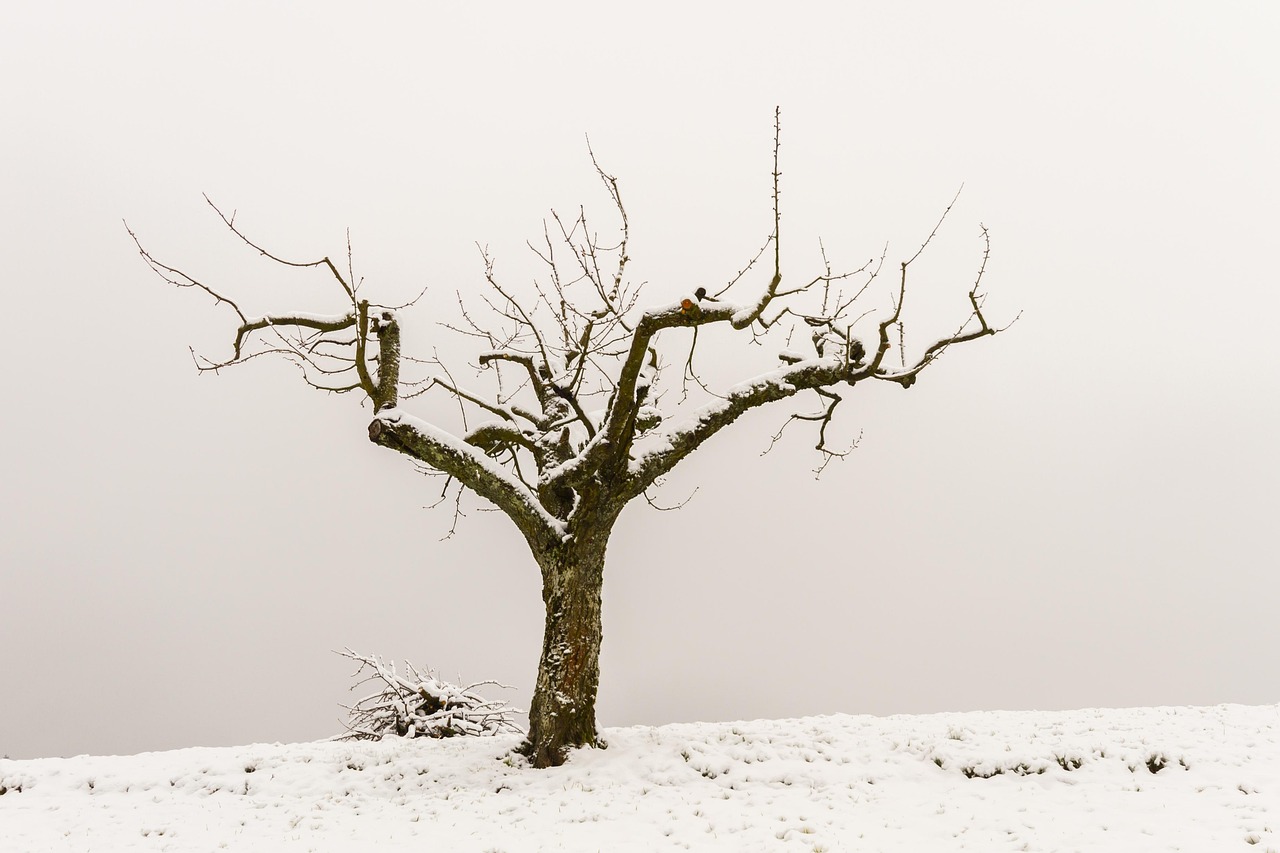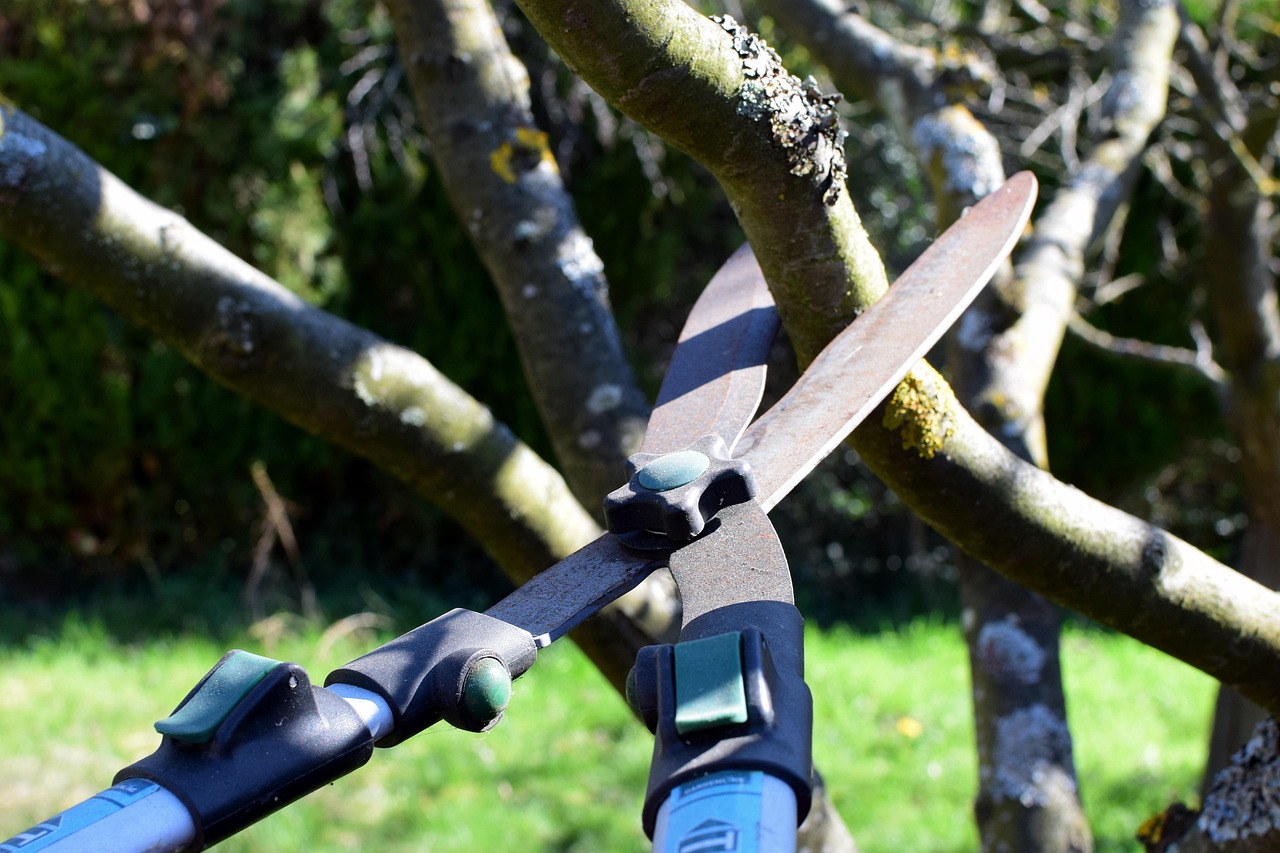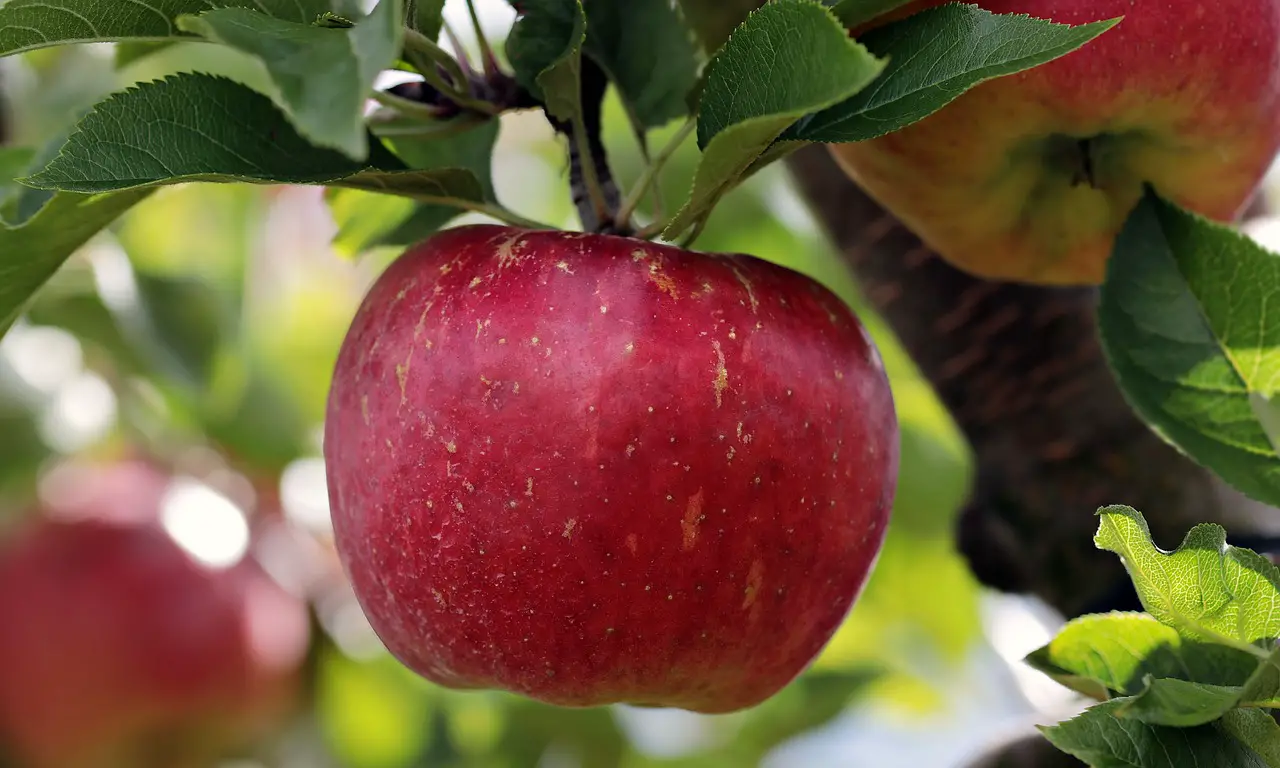Apple tree pruning for new and experimental cultivars is essential for promoting healthy growth, enhancing fruit production, and maintaining tree structure. Proper techniques can significantly impact the longevity and productivity of these trees.
Understanding Apple Tree Pruning
Pruning apple trees is a vital horticultural practice that involves selectively removing certain parts of the tree, such as branches, buds, and roots. This process encourages better air circulation, sunlight penetration, and overall tree health. For new and experimental cultivars, pruning becomes even more critical. These varieties may have different growth habits and fruiting patterns compared to traditional types.

New cultivars may be bred for specific traits such as disease resistance, improved flavor, or higher yields. However, their unique characteristics can also mean they require tailored care. Understanding the specific needs of each cultivar is crucial for successful pruning. Pruning strategies can vary based on the age of the tree, its growth habit, and the intended purpose of the fruit.
The Importance of Pruning
Pruning serves several essential functions in apple tree management:
- Enhancing Airflow: Improved airflow reduces the risk of fungal diseases.
- Encouraging Sunlight Exposure: More sunlight leads to better fruit quality and ripening.
- Promoting New Growth: Pruning stimulates new shoots, which can bear fruit in future seasons.
- Shaping the Tree: A well-shaped tree is easier to harvest and manage.
Types of Pruning Cuts
There are three main types of cuts used in apple tree pruning: thinning cuts, heading cuts, and reduction cuts. Each type serves a different purpose in managing the tree’s growth and development.

| Type of Cut | Description | Purpose |
|---|---|---|
| Thinning Cut | Removes entire branches or stems back to their point of origin. | Improves airflow and reduces overcrowding. |
| Heading Cut | Cuts branches back to a bud or shorter length. | Stimulates new growth and shapes the tree. |
| Reduction Cut | Shortens a branch by cutting it back to a lateral branch. | Reduces the length of a branch while maintaining its structure. |
Timing for Pruning
The timing of pruning can greatly influence the success of the practice. Ideally, most apple trees are pruned during late winter or early spring before new growth begins. This timing minimizes stress on the tree and allows for better healing of cuts. However, for specific cultivars that bloom earlier or later than standard varieties, adjustments may be necessary.
In some cases, summer pruning might be beneficial. This technique can help control excessive growth and encourage fruit development. It is particularly useful for trees that have grown too tall or wide, affecting their overall health and fruiting potential.
Tools for Pruning
Having the right tools is essential for effective pruning. The following tools are commonly used:

- Hand Pruners: Ideal for cutting small branches and making precise cuts.
- Loppers: Useful for cutting thicker branches that are challenging to handle with hand pruners.
- Saws: Necessary for larger branches that require more effort to remove.
- Pruning Shears: Excellent for delicate trimming and shaping.
Special Considerations for Experimental Cultivars
When working with experimental cultivars, it is important to pay attention to their specific growth patterns. For example, some newer varieties might produce fruit on one-year-old wood, while others might bear fruit on older wood. Understanding these differences helps ensure that pruning does not inadvertently remove potential fruit-bearing wood.
Additionally, some cultivars may have different responses to pruning due to their genetic makeup. Keeping detailed records of pruning practices and the resulting tree performance can help growers refine their techniques over time.
Engaging with local agricultural extension services or horticultural societies can provide valuable insights into best practices for specific cultivars. Networking with other apple growers also enables sharing experiences and strategies that lead to better outcomes in pruning.

Pruning Techniques for New and Experimental Cultivars
Pruning techniques can vary widely based on the specific needs of new and experimental apple cultivars. Each technique serves a distinct purpose and can influence the overall health and productivity of the trees. Understanding and applying the right methods is crucial for successful cultivation.
Training Systems
One of the first decisions when managing apple trees is choosing the appropriate training system. Training systems determine the growth habit of the tree and can significantly affect pruning practices. Common training systems include:
- Central Leader: This system features a single vertical trunk with lateral branches. It is suitable for taller, more vigorous trees.
- Open Center: This system encourages a vase-like shape with multiple main branches. It enhances sunlight penetration and airflow.
- Modified Leader: This is a combination of the central leader and open center systems, allowing for flexibility in growth management.
Seasonal Pruning Practices
Seasonal pruning practices are essential for maintaining tree health and enhancing fruit quality. Different seasons bring unique challenges and opportunities for apple tree care. Here are some considerations for each season:
Winter Pruning
Winter pruning typically occurs when the trees are dormant. This period is ideal for making significant cuts and shaping the trees without risking damage to developing buds. During this time, growers can:
- Remove dead or diseased wood.
- Thin out crowded branches to improve airflow.
- Shape the tree to encourage a balanced structure.
Spring Pruning
Spring pruning is often lighter and focuses on fine-tuning the tree’s shape. It helps manage growth as the tree begins to produce new shoots. Key practices during spring include:
- Removing water sprouts, which are vigorous vertical shoots.
- Trimming back overly long branches to maintain balance.
Summer Pruning
Summer pruning can be beneficial for controlling tree size and redirecting energy towards fruit production. It is especially useful for vigorous new cultivars. Important tasks during summer include:
- Pinch back tips of new shoots to promote bushier growth.
- Remove excess fruit to prevent tree stress.
Identifying Growth Habits
Understanding the growth habits of new cultivars is critical for effective pruning. Some varieties may exhibit unique characteristics that require specific approaches. For example:
- Dwarf Varieties: These may need less aggressive pruning due to their smaller size.
- Disease-Resistant Cultivars: They may not require as much pruning if they show strong growth without disease pressure.
- Varieties with Heavy Fruiting: Certain cultivars may focus energy on fruit production rather than vegetative growth, necessitating different pruning strategies.
The Role of Soil and Nutrition in Pruning
The health of apple trees is closely linked to soil quality and nutrition. Proper nutrient management can enhance growth patterns and affect how trees respond to pruning. Here are some key factors to consider:
Soil Health
A well-balanced soil promotes robust tree growth, which in turn influences pruning success. Key aspects of soil health include:
- Nutrient Levels: Ensure adequate levels of nitrogen, phosphorus, and potassium for optimal growth.
- Soil pH: Maintain a pH level between 6.0 and 7.0 for best nutrient availability.
- Organic Matter: Incorporate organic materials to enhance soil structure and moisture retention.
Nutrient Management
Nutrient management involves applying fertilizers at the right time and in the right amounts. This practice promotes healthy growth, leading to better responses to pruning efforts. Here are some tips for effective nutrient management:
- Conduct Soil Tests: Regular soil testing helps determine nutrient needs.
- Use Slow-Release Fertilizers: These provide a steady supply of nutrients over time.
- Avoid Over-Fertilization: Too many nutrients can lead to excessive vegetative growth, complicating pruning efforts.
Pest and Disease Management in Pruned Trees
Pests and diseases can significantly impact the health of apple trees, especially after pruning. Effective management strategies are essential for minimizing risks. Here are some key practices:
- Sterilize Tools: Clean pruning tools before and after use to prevent disease spread.
- Monitor for Pests: Regular inspections can identify issues early, allowing for timely interventions.
- Implement Integrated Pest Management (IPM): Use a combination of biological, cultural, and chemical strategies to manage pests sustainably.
By following these guidelines, growers can maximize the benefits of pruning while ensuring their new and experimental apple cultivars thrive in a healthy environment.
Understanding the Impact of Weather on Pruning
Weather conditions play a significant role in the effective pruning of apple trees. Different weather scenarios can affect tree health, growth rates, and even the timing of pruning tasks. By understanding these impacts, growers can make better decisions regarding their pruning practices.
Temperature Effects
Temperature fluctuations can influence the dormancy and growth cycles of apple trees. Understanding how temperature affects pruning is crucial:
- Cold Temperatures: Trees enter dormancy in cold weather, making winter pruning ideal. However, extreme cold can damage young buds.
- Warm Temperatures: In early spring, warmer temperatures can trigger bud swell. Pruning during this time may lead to reduced fruit set if cuts are made too close to bud development.
Precipitation and Moisture
Moisture levels also affect tree health and pruning outcomes. Both too little and too much water can lead to problems:
- Drought Conditions: Insufficient moisture can stress trees, making them more susceptible to damage during pruning.
- Excessive Rainfall: Too much moisture can promote fungal diseases, making it crucial to time pruning when trees are drier to reduce disease risk.
Wind and Storm Damage
Strong winds and storms can cause physical damage to apple trees. After such events, pruning may be necessary to remove broken branches and restore the tree’s structure:
- Assessing Damage: After a storm, inspect the tree for broken limbs or splits. Remove damaged areas promptly to prevent further harm.
- Preventive Pruning: Regularly maintain tree structure to reduce the likelihood of storm damage in the future.
Innovative Techniques for Pruning Experimental Cultivars
As apple breeding continues to evolve, innovative pruning techniques have emerged. These methods are designed to optimize the growth and fruiting potential of new cultivars:
Precision Pruning
Precision pruning involves using advanced tools and techniques to make targeted cuts. This method allows for greater control over tree shape and growth:
- Laser Cutting: Some growers use laser technology for clean cuts that reduce damage to surrounding tissues.
- Drones: Drones equipped with cameras can help assess tree health and guide precision pruning efforts by identifying areas that need attention.
Canopy Management
Effective canopy management ensures that light reaches all parts of the tree, enhancing fruit quality and overall health. Techniques include:
- Canopy Thinning: Removing excess foliage allows sunlight to penetrate deeper into the tree.
- Lateral Branch Training: Training branches horizontally can create a more open canopy structure, improving light distribution.
The Role of Technology in Pruning
Technology is transforming traditional horticultural practices, including apple tree pruning. The integration of modern tools can enhance efficiency and precision:
Smart Pruning Tools
Smart tools equipped with sensors and data analytics provide real-time feedback on tree health and optimal cutting points:
- Sensors: These devices measure moisture levels, temperature, and other environmental factors that influence tree vitality.
- Apps: Mobile applications can assist growers in tracking pruning schedules and managing tasks effectively.
Robotics in Pruning
The use of robotics in agriculture is on the rise, including in the pruning process. Robotic machines can perform repetitive tasks efficiently:
- Automated Pruners: These machines can prune branches based on pre-set parameters, reducing labor costs and increasing productivity.
- Drones for Aerial Assessment: Drones can survey vast orchards quickly to identify areas needing attention, allowing for more strategic pruning interventions.
Cultivating Knowledge through Research and Collaboration
The continuous development of new cultivars necessitates ongoing research and collaboration among growers, researchers, and agricultural institutions. Staying informed about advancements in apple cultivation is essential for success:
Participating in Research Trials
Many agricultural universities conduct research trials on new apple cultivars. Growers can participate in these trials to gain insights into effective pruning techniques:
- On-Farm Trials: Collaborating with researchers allows growers to test new cultivars in their local conditions.
- Workshops and Seminars: Attending educational events provides valuable information about the latest practices in apple cultivation.
Building Community Networks
A strong network of apple growers can lead to shared knowledge and strategies for successful cultivation:
- Local Grower’s Associations: Joining local organizations provides access to resources and support.
- Online Forums: Engaging in online communities allows for sharing experiences and learning from others facing similar challenges.
Through collaboration and continuous learning, apple growers can adapt their pruning practices to meet the unique needs of new and experimental cultivars effectively.
Advanced Strategies for Pruning New and Experimental Cultivars
In addition to the techniques and approaches already discussed, there are advanced strategies that can further enhance the effectiveness of pruning for new and experimental apple cultivars. These methods focus on refining practices based on specific cultivar characteristics and environmental conditions.
Utilizing Growth Regulators
Growth regulators are chemical substances that can influence plant growth and development. When used appropriately, they can create favorable conditions for pruning:
- Application Timing: Applying growth regulators before pruning may help control tree vigor and improve the response to cuts.
- Fruit Set Management: Some regulators can enhance fruit set, leading to better yields while reducing the need for excessive pruning later in the season.
Monitoring Tree Health with Technology
Utilizing technology to monitor tree health can significantly enhance pruning decisions. Tools such as soil moisture sensors, drones, and imaging technologies can provide real-time data:
- Drones: Drones equipped with thermal cameras can assess tree health and identify areas requiring attention before pruning.
- Soil Sensors: These devices provide data on moisture and nutrient levels, helping growers make informed decisions about when and how to prune.
Adapting Pruning Techniques Based on Cultivar Behavior
Understanding the specific behaviors of new cultivars is crucial. Some cultivars may respond differently to various pruning techniques. For instance:
- Early Fruiting Varieties: Cultivars that bear fruit early may require less aggressive pruning to preserve fruit-bearing wood.
- Vigorous Growers: More vigorous cultivars might benefit from more frequent thinning cuts to manage their growth effectively.
Final Thoughts
Pruning apple trees, especially new and experimental cultivars, is an intricate process that requires knowledge, skill, and adaptability. By understanding the unique characteristics of each cultivar, growers can employ targeted pruning techniques that promote tree health and enhance fruit production.
Through a combination of traditional practices and modern technology, apple growers can optimize their approach to pruning. Continuous education through workshops, research participation, and community networking plays a vital role in this process. Collaboration among growers, researchers, and agricultural experts fosters an environment of innovation and improvement.
The integration of advanced tools, such as growth regulators and monitoring technology, allows for a more tailored approach to tree management. As the industry evolves, staying informed about new developments will enable growers to adapt their practices effectively.
Ultimately, successful apple tree pruning is not just about maintaining tree structure; it is about understanding the dynamics of growth, fruiting patterns, and environmental influences. By applying these principles, apple growers can maximize the benefits of their labor and cultivate thriving orchards filled with healthy, productive trees.
As you embark on your journey with new and experimental apple cultivars, remember that patience and observation are key. Every tree is unique, and observing how each cultivar responds to your care will lead to improved practices over time. With dedication and the right knowledge, you can achieve fruitful results that contribute to the success of your orchard.
